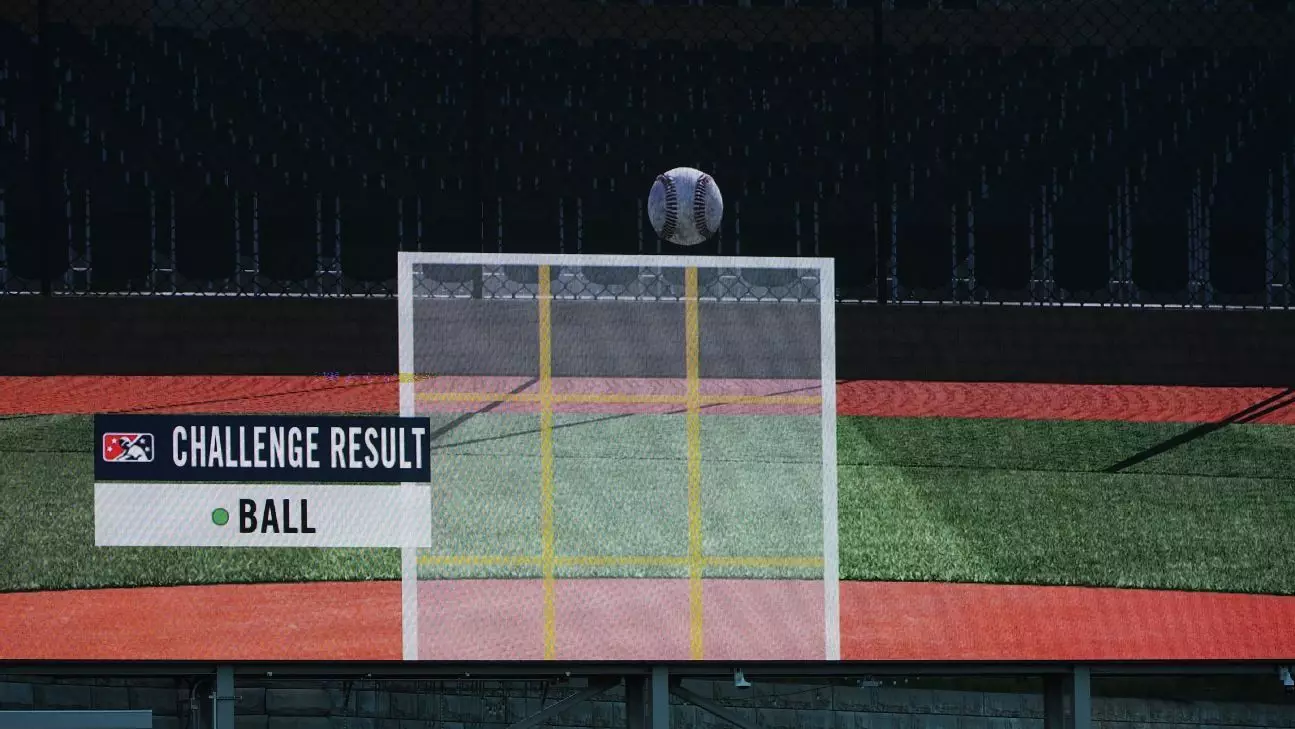Major League Baseball (MLB) is venturing deeper into innovation with the introduction of the Automated Ball-Strike (ABS) challenge system during the spring training of 2023. This move marks a pivotal step towards integrating technology into the sport while attempting to maintain the intricacies that make baseball unique. The league is conducting thorough testing in both Cactus and Grapefruit Leagues and will only move forward with full implementation after careful evaluation, potentially not before the 2026 season.
The Structure of the Challenge System
For the 2023 spring training, MLB has established clear protocols for how the ABS challenge system will function. Each team is allowed two challenges per game, encouraging players to utilize this capability strategically. Importantly, only the batter, catcher, or pitcher can initiate a challenge immediately following an umpire’s call, ensuring that the focus remains on those actively involved in the play. This aspect is crucial as it reinforces the human element of the game while still leveraging technology. To signify a challenge, players must quickly tap their helmet or hat, prompting immediate attention from the umpires.
When a challenge is issued, the results will be displayed on scoreboards and during television broadcasts, providing real-time feedback to fans and ensuring transparency. This innovation not only aims to improve game accuracy but also enhance the viewing experience by engaging spectators with more detailed insights into the play-making process.
Spring training will see the ABS challenge system in action across thirteen stadiums, covering both Arizona and Florida teams. High-profile matchups such as the Seattle Mariners versus San Diego Padres, and the Chicago White Sox against the Los Angeles Dodgers, will illustrate the system’s application. The systematic testing in these dual-team stadiums allows for comprehensive data collection regarding the effectiveness and reception of the ABS system.
The league’s timeline also includes a phased approach to adoption, where Triple-A baseball will implement the challenge system during their 2025 regular season. This decision reflects a commitment to gathering substantial data and player feedback before opting for broader implementation in the major leagues. If feedback from these tests signals a favorable outcome, MLB could be ready to fully embrace this technology as early as the 2026 season.
One of the primary motivations behind the challenge system is to uphold the human aspects of baseball amid growing technological influences. Historical data from minor league experiments demonstrated that incorporating a challenge system, rather than automated calls for every pitch, aligns better with player and fan preferences. Players, in particular, have expressed that they appreciate the game’s inherent nuances, such as the art of pitch framing performed by catchers. The league’s effort to blend technology with human oversight seeks to preserve these complexities.
Additionally, findings from the minor league tests reveal an approximate 50% overturn rate on challenges, with an average of 3.9 challenges being made per game. Such data will significantly inform the league’s decision-making body— the competition committee— as they evaluate the results of current testing and prepare for possible adaptations to game protocols.
The integration of the ABS challenge system in spring training serves as a litmus test for MLB’s broader ambitions to embrace technology thoughtfully. The emphasis on player engagement in the system’s application signals a hopeful future where the sport evolves without losing its integrity. As MLB continues to gather insights from this transformative phase of testing, the journey ahead looks promising yet complex. The successful debut of the ABS challenge system during the Dodgers-Cubs game will serve as a crucial milestone, potentially reshaping the landscape of baseball gameplay in years to come.
As MLB moves forward, it is critical that they balance tradition with innovation, ensuring that the essence of the game remains intact while leveraging technology to enhance accuracy and engagement. The challenge system is not just about changing how plays are called, but also about reinforcing the relationship between the players, the game, and its fans. The unfolding narrative of baseball’s modernization could redefine the sport’s future, maintaining its charm while embracing digital evolution.

